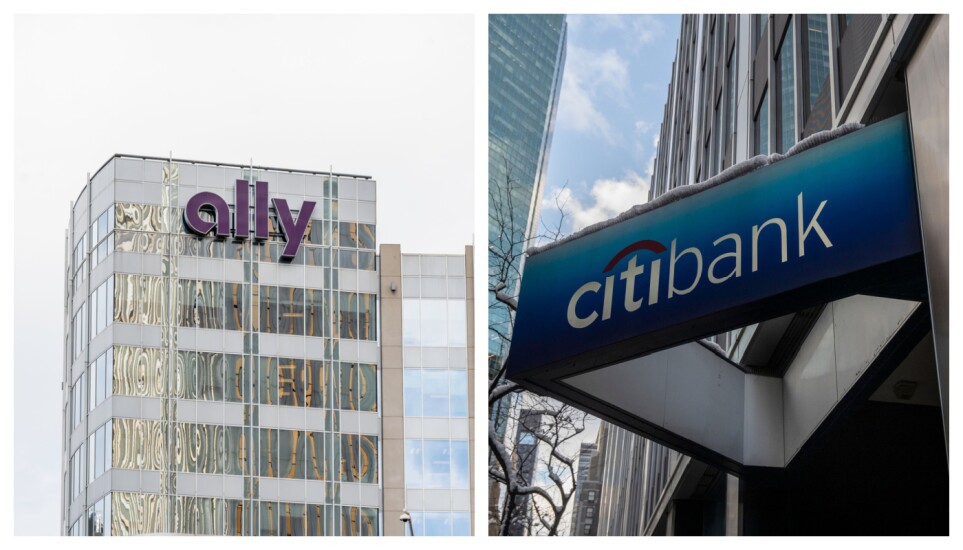At this time two years ago, the U.S. banking industry hit an inflection point. Lockdowns during the early days of the COVID-19 pandemic caused soaring unemployment and fears that loan losses were about to skyrocket.
Loan volumes suffered as the federal government sent massive amounts of aid to households and businesses. And banks leaned on fee income to compensate for sagging loan margins.
Now, at the end of the first quarter of 2022, the industry has again been turned upside down.
Commercial loan growth has finally arrived. As the Federal Reserve hikes interest rates, loan margins have been widening.
Increased interest income would boost banks’ lending profitability, but inflation and mounting expenses, along with the specter of potential recession, loom large.
But fee income has started weakening, led by a sagging mortgage market. And after spending much of the last two years releasing reserves they squirreled away at the start of the pandemic, some banks have again reversed course in the face of high inflation and the war in Ukraine.
What follows is a look at five key themes that have emerged since April 13, when banks started reporting their first-quarter earnings.











